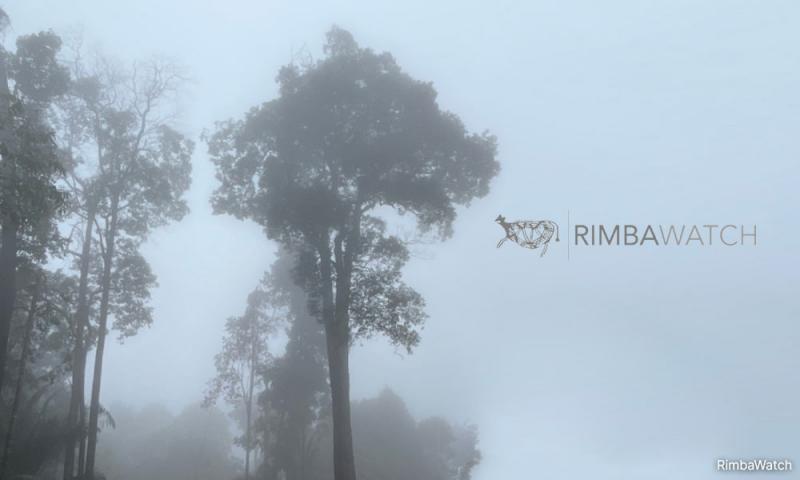LETTER | Kelantan authorities must explain changes to forest classification
LETTER | On Oct 11, the Kelantan Town and Country Planning Department drafted alterations to the Kelantan State Structure Plan, Local Plan and Special Area Plan.
The draft alterations will be publicly displayed from Oct 11 to Nov 11, and objections can be made to the proposed alterations in writing.
In inspecting these proposed alterations, RimbaWatch is appalled by the unprecedented proposal to remove all environmentally sensitive areas (ESAs) in Kelantan from the plan.
Previously, the state would spatially identify three ranks of environmentally sensitive areas (ESAs) in such plans, and in theory, restrictions are placed on developments within those areas, usually forest reserves, due to their importance in ecosystem services and reducing disaster risk.
For example, in the Fourth National Physical Plan, “no land conversion or development” is allowed in ESA Rank 1 area and developments must follow strict conditions in ESA Rank 2 areas.
Therefore, the classification of an ESA as Rank 1 or 2 theoretically protects certain areas, usually hilly, mountainous and intact forest reserves, from development, and communities around such areas from the risk of disasters.
In an unprecedented move RimbaWatch has never observed before, the draft alterations claim that the removal of ESA classifications from forest reserves in Kelantan’s development plans have already been agreed upon by the Majlis Mesyuarat Kerajaan Negeri Kelantan through a decision made on Oct 21, 2020.
We express our deepest concern over the secrecy of this decision and complete disregard for public voice or participation in making such a decision.
We summarise the proposed alterations as below:
1. All environmentally sensitive areas are removed from the Kelantan State Structure Plan, the Local Plan for Gua Musang, Tanah Merah, Kuala Krai, Pasir Puteh, Machang and Jeli and the Special Area Plan for Lojing. A few areas are retained as water catchment areas, while the rest are now blank spaces on the maps.
2. The ESA Rank 1 classification for Taman Negara has been removed.
3. The ESA Rank 1 and 2 classifications for the forests west of Gua Musang have been removed. This eliminates the little protection that the ESA afforded to the Traditional Territories of Wias, Pasik, Gob, Simpor, Tohoi, Depa, Bihai, Angkek, Tapai, Balar, Enching, Hau and Kelaik, all Temiar Orang Asli territory, from development.
4. A new “water catchment area” has been added with the label “Empangan Lebir”, indicating Kelantan’s intention to proceed with the dam project in the future.
5. In summary, in Gua Musang and Jeli districts alone, of the 467,440ha of mostly forested land which was in ESA Rank 1 or 2 areas, only 56,143ha have been retained as water catchment area, which is a reduction in protection status of 88 percent.
This leaves the remaining 411,297ha now vulnerable to development with few or no restrictions.
Again, we reiterate that we have never before witnessed a state remove all ESA classifications. We see this as a serious and unprecedented affront to biodiversity, human rights and Malaysia’s efforts to mitigate and adapt to climate change.
Given that these areas are now procedurally easier to deforest and convert to plantations without the ESA classification, we question the motive of the Kelantan authorities in doing this.
In conclusion, we summon the department and the state Forestry Department to make transparent their reasons for proposing these changes.
We also call on the Natural Resources, Environment and Climate Change Ministry to intervene to protect the remaining forests of Kelantan.
The views expressed here are those of the author/contributor and do not necessarily represent the views of Malaysiakini.
RM12.50 / month
- Unlimited access to award-winning journalism
- Comment and share your opinions on all our articles
- Gift interesting stories to your friends
- Tax deductable
